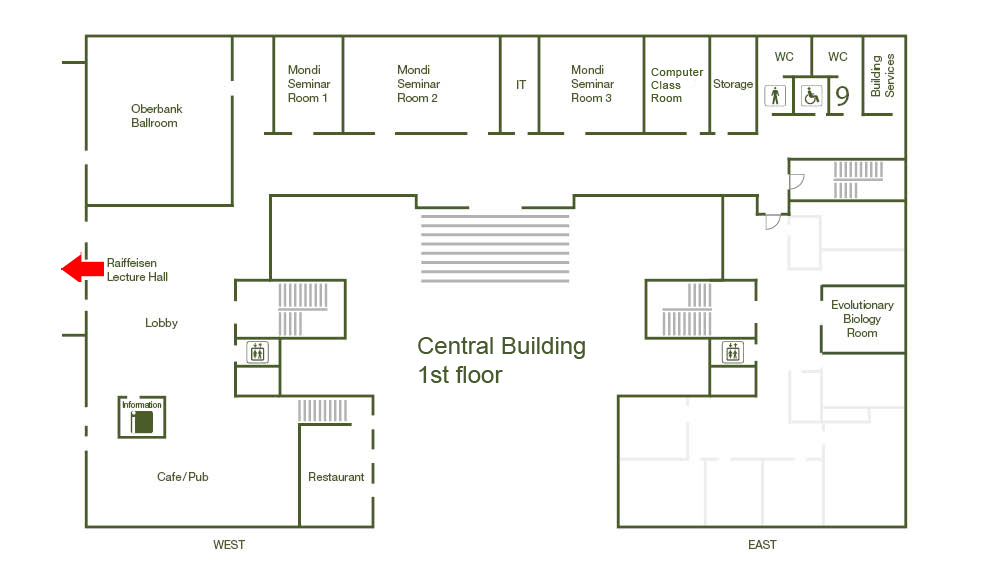Institute Colloquium: Reverse engineering the physical mechanics of embryonic morphog
Date
Monday, December 12, 2011 16:30 - 17:30
Speaker
Lance Davidson (University of Pittsburgh)
Location
Raiffeisen Lecture Hall, Central Building
Series
Colloquium
Tags
Institute Colloquium
Contact

Embryonic shape and form is driven by the physical mechanics of component cells and tissues. Genes and signaling networks may control the protein composition of cells but it is the forces generated by cells and their interactions with their surroundings that dictate the form of the resulting embryo and the survival of the larva. We are applying basic principles of experimental biophysics and developmental biology to investigate the roles of such forces and tissue biomechanics in early development. Our first efforts have revealed cryptic changes in biomechanical properties of developing amphibian embryos and the spatiotemporal variation of these properties at the cellular and organismal scale. Using molecular perturbations we have begun a systematic analysis of the roles of cell- and tissue-structural proteins in establishing "passive" material properties and "active" force-generating programs in key tissues that drive embryos from spherical balls of cells to elongate tadpoles. Interestingly, tissues at the earliest stages of embryonic development are ultra-soft (< 100 Pa) and are shaped principally by the action of the actomyosin cytoskeleton. We will discuss how observations from these studies are driving development of new theories of morphogenesis incorporating both cell signaling and mechanical feedback and the development of new experimental tools to test them.